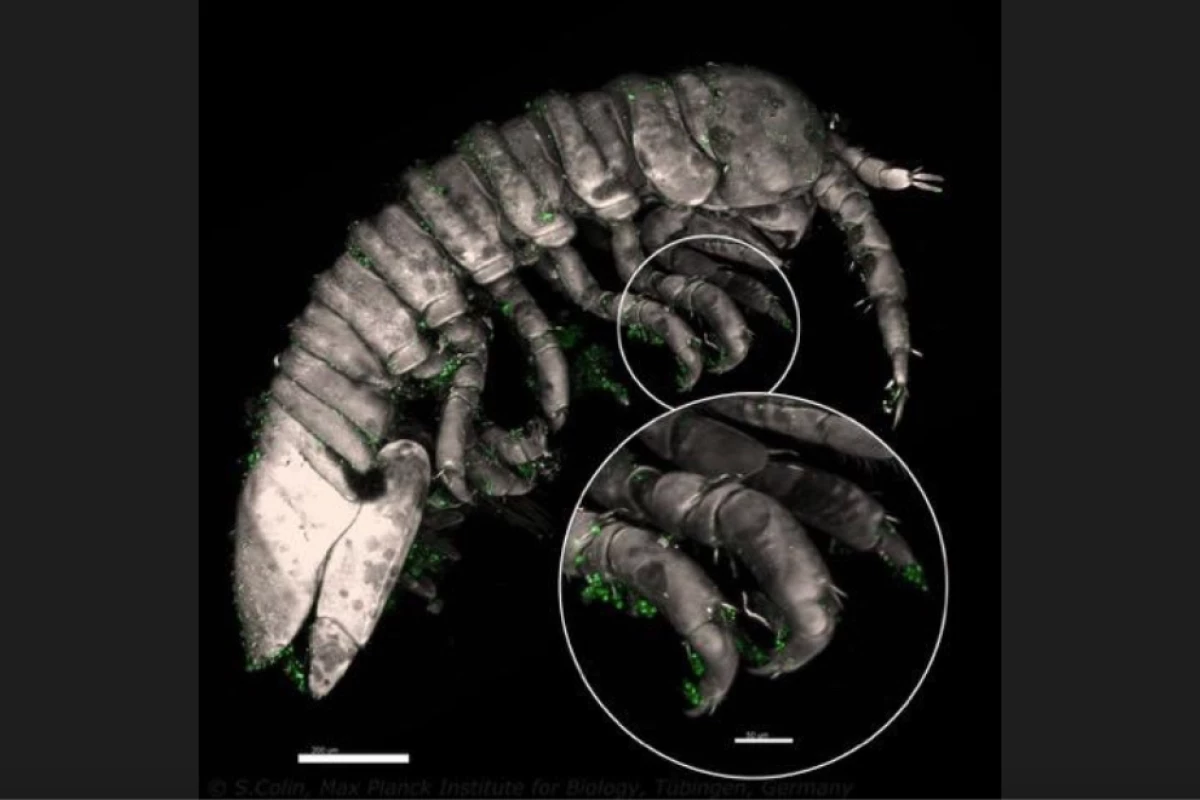It has long been known that insects such as bees help plants reproduce, by spreading pollen from one plant to another. Now, however, a similar arrangement has been discovered in the undersea world – involving red algae and tiny crustaceans.
The research was led by PhD student Emma Lavaut, from France's Sorbonne University, and population geneticist Myriam Valero of CNRS (Centre National de la Recherche Scientifique). They collaborated with colleagues from their institutes and the Austral University of Chile.
Working partially from Sorbonne's Roscoff Marine Station, the scientists studied a type of red algae known as Gracilaria gracilis, along with marine isopods (small crustaceans) called idoteas (specifically Idotea balthica).
Previously, it had been believed that the algae – which is scientifically neither a plant nor an animal – took advantage of underwater currents that carried gametes (reproductive cells) from one alga to another. Because the algae's male gametes lack sperm-like flagella, they can't swim through the water on their own.
However, via experiments and observations in the wild, the researchers discovered that the idoteas play a helping hand. It was observed that as the crustaceans forage on male G. gracilis alga, sticky mucilage-coated spermatia (male gametes) cling to the animals' cuticles – the spermatia are produced by structures that dot the surface of the alga.
When those same idoteas land on a female alga, some of the spermatia are transferred to its reproductive organ, completing the fertilization process. The idoteas get something out of the deal too, as the algae provides protection from the elements, plus its surface is covered in small organisms which the iodteas eat.

It has yet to be determined what percentage of gamete dispersal is performed by the crustaceans, as underwater currents still definitely play a major role. That said, the findings do suggest that insect-style plant pollination may have evolved from a process that began in the sea.
A paper on the research was published in the journal Science.
Sources: CNRS via EurekAlert, American Association for the Advancement of Science via EurekAlert





